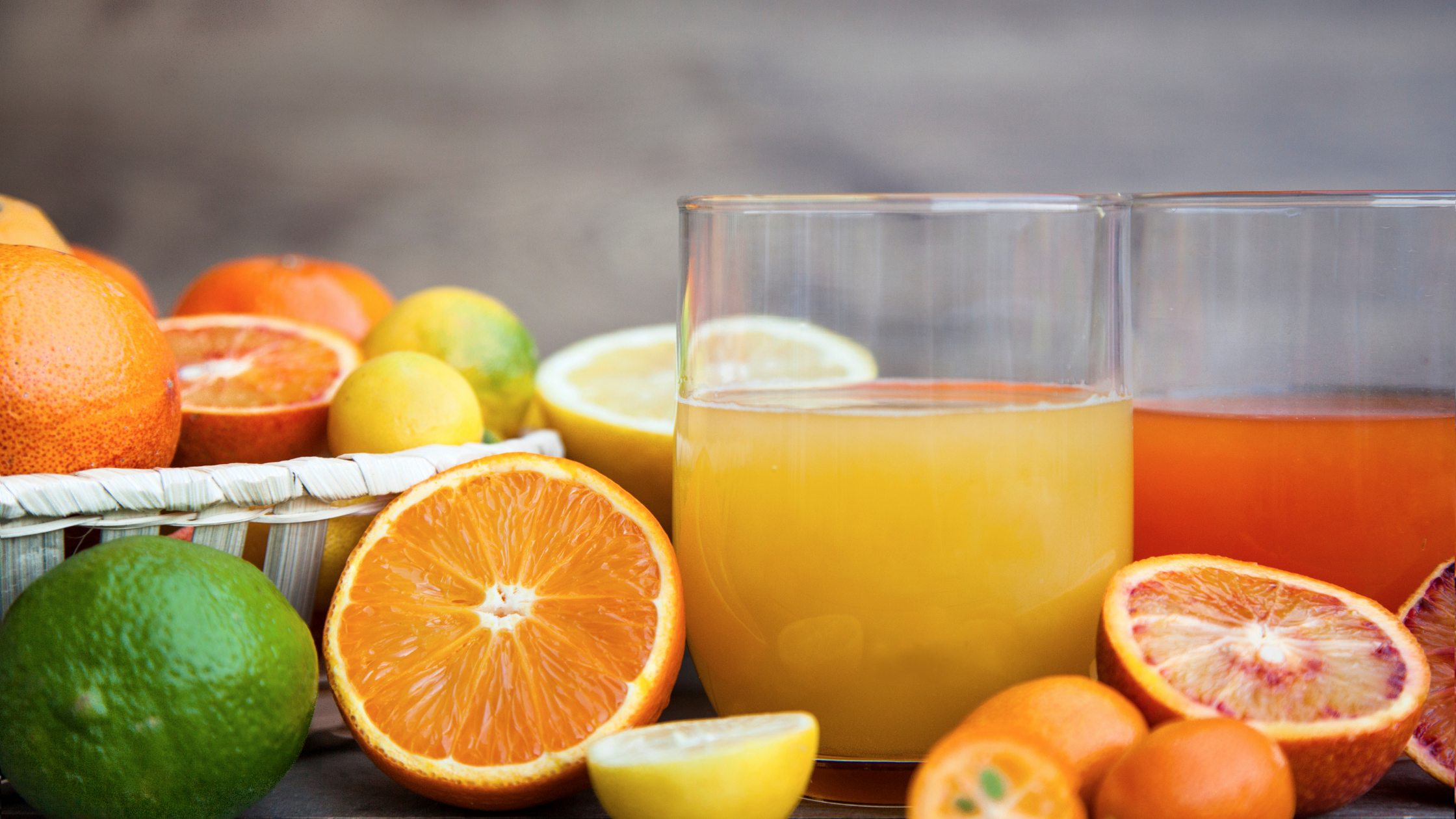Follow Us
Welcome To "The Juice"

Welcome to The Juice
What do “natural” and “fresh” mean? These words hold a much deeper meaning than one might imagine, especially to the juicing industry.
There are multiple government agencies involved in defining what these and other similar terms mean and don’t mean; when these terms can or cannot be used; what brands can or cannot claim. There have been multiple class-action suits brought against major branded companies fighting about what’s meant by “fresh” and what exactly is “natural.” While these lawsuits range from allegations of false claims to false advertising, what they really do is represent a developing “trust deficit” in the market on the part of the consumer.
There are several things consumers question while purchasing food in addition to price, and importantly, several things a shopper will internally or externally ask themselves. What does it mean when a grocery store or restaurant says they are serving “fresh” or “100% natural” products? What does it mean when a brand says “nothing added” or “no preservatives”?
Keep It Simple
Even though this may seem like a complicated discussion, it can be very simple. Supermarkets and restaurants can give the consumer proper transparency, then they, the consumer, can make the right decisions for themselves. Government agencies, such as the Food and Drug Administration (FDA), are meant to support food safety and ensure a certain degree of truth in advertising, but the consumer can make their own decisions about what tastes better and what’s “fresh” and “natural” as long as the operator provides proper transparency.
Offer Fresh
For many juice lovers, experiencing fresh, on-demand, in-store, squeezed citrus juice may be a first-time experience for them. People are surprised to find out what fresh juices actually taste like. Once somebody tastes fresh orange juice (especially low peel oil for more sweetness), cocktails made with fresh citrus juices, and other high-quality products, it is tough to forget them. Lower quality products simply lose their appeal and quality wins out.
Grocery retailers, hotels, bars, restaurants, cafés, bakeries, etc. have the ability to serve “fresh” and “natural,” but also need to have the ability to demonstrate to customers that the products they are providing accurately meet these standards. Naturally, a company can offer a wide variety of packaged products as well. These alternative products can also be high-quality products. However, fresh products are the direction to take to reinforce this image. Many grocery stores have their own produce operations and meal-prep departments for fresh food. Many restaurants have open kitchen formats, where customers can see what they are cooking and smell what they are making.One taste after witnessing these visual processes supports the overall dining/buying experience, which should be exceptional.
Providing high-quality is not easy, but it does not have to be overly difficult either. It requires some thought, some planning, and some effort, but we all know it’s worth it when we see a happy customer who enjoys their experience at your location and, in the near future, comes back again to enjoy your products and services. Quality costs but quality pays as well.
Build Trust
The way a retailer or food service operator can overcome the developing “trust deficit” is to build up trust with their target audience. This will start by earning the trust of each individual consumer one at a time. Then, a domino effect will ensue supported by repeat positive experiences and word of mouth. When one provides a plethora of choices with proper transparency, the consumer is more likely to become a loyal shopper or guest. That’s building Trust Capital.
A quality-focused company should be known for serving high-quality ingredients. The clientele, and market share, for that company, can either rise or fall with the products and services they offer, how fresh they are, and how they taste.
Invest in Your Brand
Smart investments with fast paybacks can help operators develop and strengthen their quality image. They will also have paybacks far beyond just earning attractive margins and Healthy Profits directly from juicing. Improved brand image, increased trust capital, increased in-store customer frequency, and gains in market share are some of the additional benefits that build long-term value on top of near-term profits.
Earn Healthy Profits
Juicing is not a new phenomenon. Making juice has been around for thousands of years. Squeezing grapes and making wine are the earliest documented forms of juicing going back to biblical times. Making juice one glass at a time is a relatively simple process. However, making several servings or even hundreds or thousands of servings per day requires some know-how knowledge and excellent equipment.
These are fairly straight forward guidelines that can help one implement a successful juicing program. In the end, the consumer will always make their own purchasing decisions. However, it’s up to responsible business people to exemplify transparency so consumers can make properly informed decisions and get the product they want.
That’s The Juice, The Whole Juice, and Nothing but The Juice.
Citrus America, Inc. will be sharing our thoughts and insights into fresh juicing here. We hope to help you be successful.








